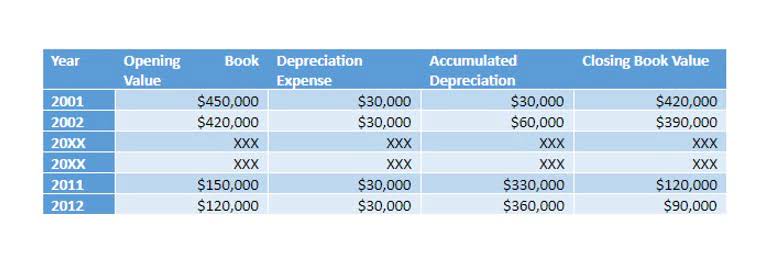The real estate agent will provide the buyer with a land search document that will have a list of any encumbrances. As an accounting term, “encumbrance” refers to restricted funds inside an account that are reserved for a specific liability. The most common types of encumbrance apply to real estate; these include mortgages, easements, and property tax liens. Yes, encumbrances can be modified or canceled if there are changes in the initial commitments.

The encumbrance is marketed in your organization’s accounts once you reserve the money. The first step encumbers newly entered purchase order line items into the General Ledger to help prevent overspending. Before we journey into the intricacies of encumbrance accounting, we must grasp the foundational concept of an “encumbrance” itself. In Balance Reports, encumbrances can be toggled on or off to reflect available balances. Report users can use this encumbrance indicator to evaluate their available balances and solvency concerns, at budget or fiscal year end. It is difficult to transfer an encumbered property, so the property owner has a strong incentive to settle the underlying claim.
Internal Encumbrance
Encumbrance is the process of setting aside funds for expenses that are legally obliged but haven’t been paid yet. encumbrance accounting is the process of accounting for encumbrances and recording them in the general ledger as a transaction to the encumbrance account. Encumbrance accounting is standard in government and nonprofit organizations to better manage funds and budget expenses. This can be done for future vendor payments against purchase orders or purchase requisitions or can be set aside for tax, mortgage, debt or legal payments.
When tracking your transactions and expenses, it is crucial to reflect your cash flow on your general ledger accurately. Vital analysis, reports, and audits are based on the cash outflow and journal entries tracked by accounting, making accurate tracking much more than a simple general planning tool. Financial statements indicate how budgetary resources are allocated to payment commitments before the actual expenditure incurs with encumbrance accounting.
Recommended Reading
The amount is set aside by recording a reserve for encumbrance account in the general ledger. This is to ensure that the organization has sufficient funds to meet anticipated payment obligations. Implementing the correct AP automation solution to automate your financial processes and ensure each encumbrance is accounted for without increasing your accountants’ manual workload is essential.
An easement in gross benefits the easement owner as an individual rather than as an owner of a property. Therefore, the easement can’t be passed on to anyone who might buy the easement owner’s property. An affirmative easement allows the party that possesses the easement to use a property as defined by the easement. For example, a utility company may have the right to run a gas line through a person’s property. Or pedestrians might have the right to use a footpath passing through that property.
How often should encumbrances be monitored?
With encumbrance accounting, organizations record anticipated expenditures beforehand. This encourages transparency and increased visibility in how the budget is being allocated and how money is being spent. As a result, organizations can track their expenditures against the allocated budget more effectively. Encumbrance accounting is often used as a planning tool for budgetary control, particularly in government organizations using government accounting standards and nonprofits. Sticking to budgets and effectively managing finances is of paramount importance to companies.
- Once the invoice has been received or paid, the money is transferred to the accounts payable account or vendor’s bank account in the general ledger.
- If the borrower cannot repay the mortgage, the lender may foreclose, seizing the house as collateral and evicting the inhabitants.
- When the money is paid out, the bookkeeper zeros out the encumbrance account and reports the money as a paid expense.
- It is a form of encumbrance by which the lessor (landlord) does not give up title to the property, but their use of the property is significantly constrained by the lease agreement.
- Once both the purchase requisition and the vendor approve the pricing and order details, the pre-encumbrance phase evolves into the encumbrance phase.
- Non-profit organizations must balance the need for financial transparency with donor expectations and reporting requirements.
During year-end closing, the encumbrance funds are either removed if the liabilities no longer exist or are carried on to the following year. These encumbrances are recorded under reserved fund balances in the balance sheet. When you do not enable the budgetary control flag, you can still enter manual encumbrances via journal entry, but you cannot generate encumbrances from requisitions and purchase orders. Our platform helps you simplify your AP and AR processes, eliminating manual errors and allowing for better tracking of your payments and vendors. Routable provides a complete audit trail to help lower fraud and compliance risk and helps increase visibility through this thorough tracking. We also allow you to process your invoices and payments your way, whether that means email, scanning, or automatically forwarding bills from your email.


